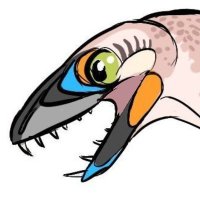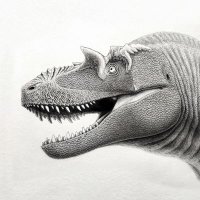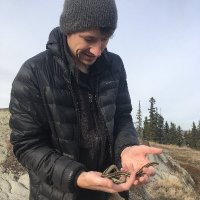
Jack Milligan
@pieceofasaurus
@USaskGeoSci🇨🇦 BSc, MSc. Cretaceous/Paleogene paleoecology 🦖, stratigraphy, ichnology, 🐢 and ceratopsians. Laughing aficionado. Opinions are my own.
ID: 707431045789065216
09-03-2016 05:01:19
4,4K Tweet
652 Followers
692 Following


bbc.co.uk/programmes/art… The life of a palaeontologist in Alberta A cool little article by Emily Bamforth on what Walking With Dinosaurs can do to inspire future palaeontologists. I can’t wait for you guys to see the series, it’s gonna be spectacular!

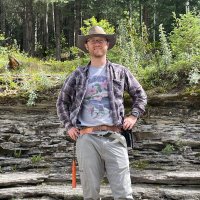


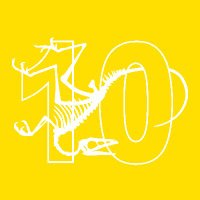





Hell yeah! Mark James Powers and Emily Bamforth representing some awesome Alberta Paleo featured in the show 🦖
